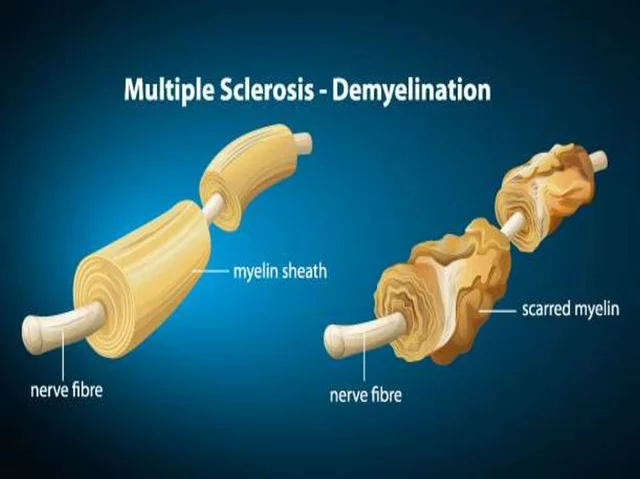Introduction to Cefixime: What You Need to Know
Cefixime is an antibiotic medication that belongs to a class of drugs known as cephalosporins. It is commonly prescribed to treat a variety of bacterial infections, such as respiratory tract infections, ear infections, urinary tract infections, and sexually transmitted infections. As with any antibiotic treatment, it is essential to understand when to take cefixime to maximize its effectiveness and ensure a speedy recovery. In this article, we will discuss the best time to take cefixime and provide helpful tips for antibiotic treatment.
Consulting Your Doctor: The Importance of Professional Advice
Before starting any antibiotic treatment, it is crucial to consult your doctor for professional advice. Your doctor will determine whether cefixime is the appropriate treatment for your specific infection and provide guidance on when to take the medication. They will consider factors such as the severity of the infection, your medical history, and any potential drug interactions. It is essential to follow your doctor's instructions carefully and complete the full course of treatment to ensure the infection is effectively treated and to prevent antibiotic resistance.
Timing Your Doses: The Key to Effective Treatment
The timing of your cefixime doses plays a critical role in the effectiveness of the treatment. Cefixime is typically taken once or twice daily, depending on the prescription. It is essential to take the medication at evenly spaced intervals to maintain a consistent level of the drug in your system. For example, if you are instructed to take cefixime twice a day, try to take it every 12 hours. Setting reminders or using a pill organizer can help you stay on track with your dosing schedule.
Food and Cefixime: What You Need to Consider
Another factor to consider when taking cefixime is whether you should take it with or without food. Some antibiotics require an empty stomach for optimal absorption, while others should be taken with food to minimize stomach upset. In the case of cefixime, it can be taken with or without food. However, taking it with a meal or a light snack may help reduce the risk of stomach upset. It is essential to follow your doctor's recommendations and read the medication label for specific instructions on food intake.
Side Effects and Precautions: What to Look Out For
As with any medication, it is essential to be aware of potential side effects and precautions when taking cefixime. Common side effects may include diarrhea, nausea, and stomach pain. If any of these side effects persist or worsen, contact your doctor promptly. Additionally, inform your doctor if you experience any severe side effects such as persistent vomiting, severe abdominal pain, or signs of a severe allergic reaction like rash, itching, or swelling. It is crucial to disclose your medical history and any allergies to your doctor before starting treatment to ensure your safety.
Completing the Course: The Importance of Adherence
Finally, it is crucial to complete the full course of cefixime treatment, even if you start feeling better before finishing the medication. Stopping antibiotic treatment early can allow the bacteria to continue growing and potentially lead to antibiotic resistance. Additionally, it may result in a recurrence of the infection. Be sure to follow your doctor's guidance and take the complete course of cefixime as prescribed to ensure a successful recovery.
In conclusion, understanding when to take cefixime and following your doctor's recommendations are essential for effective antibiotic treatment. By adhering to your dosing schedule, considering food intake, and being aware of potential side effects, you can optimize your cefixime treatment and achieve a speedy recovery.






Fatima Sami
April 27, 2023 at 23:40
While the article correctly suggests taking cefixime every 12 hours, the phrasing could be tightened – “every 12 hours” without an extra space before the unit is preferred. Also, the compound adjective “once or twice daily” would read clearer as “once‑or‑twice‑daily”. Consistent punctuation helps avoid misinterpretation, especially when patients rely on written instructions. Lastly, mentioning “evenly spaced intervals” should be accompanied by a concrete example, such as “12 hours apart”, to remove any ambiguity.